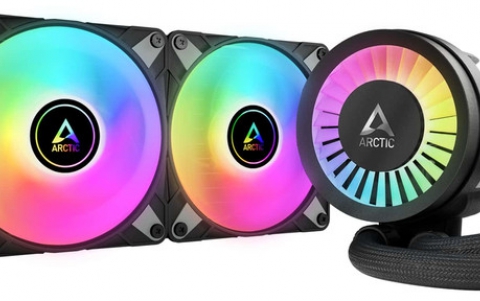
Sony Showcases New Holographic Recording System
Sony presented its achievements on data reading/writing with the use of the "Micro-Reflector recording" technology, a type of holographic recording that could bring holographic storage systems closer to commercialization.
Micro-Reflector recording
A laser light emitted from a blue violet semiconductor laser diode is split into two so that one irradiates the front side of a volumetric optical disc medium as a reference light, while the other is emitted to the back side as a recording light. By precisely aligning the focal points of the two laser beams using servo technology, the two counter-propagating light beams focus on the same point on the disc's holographic recording material. Their interference creates a diffraction-limited size fringe corresponding to a 1 bit.

When a laser light (reproduction light) is emitted on the front side of the medium having interference fringes, the recording light is reproduced. This light advances from the fringes to the medium front side as if the fringes reflect the reproduction light. This is why the system is called "Micro-Reflector recording".
The volumetric optical disc comprises a 0.3 mm thick photopolymer, sandwiched between 0.6 mm glass substrates. Since the depth of the interference fringes can be controlled by changing the depth of the focal points of the laser lights, multi-layer recording with 10-20 layers can be provided. The recorded interference fringes are small enough to prevent the photopolymer from expanding and contracting due to temperature changes. This eliminates the need for adjusting the wavelength of the laser in accordance with the temperature - a problem commonly faced in Holographic storage technologies. Hence, Sony's recording system can use a common, commercially available blue-violet semiconductor laser diode. Moreover, the system does not require the use of other components such as spatial light modulators, CMOS sensors or other parts, making its cost lower than other Holographic recording systems.
Sony demonstrated read/write operations using an optical system with a wavelength of 405 nm and a numerical aperture (NA) of 0.5. The system involves 17 PP modulation, already implemented by the the Blu-ray Disc. Sony recorded data on a single layer at a recording density of 1.25 GB in a 12 cm-disk. The company says that it aims to achieve multilayer recording by increasing the numerical aperture.
A laser light emitted from a blue violet semiconductor laser diode is split into two so that one irradiates the front side of a volumetric optical disc medium as a reference light, while the other is emitted to the back side as a recording light. By precisely aligning the focal points of the two laser beams using servo technology, the two counter-propagating light beams focus on the same point on the disc's holographic recording material. Their interference creates a diffraction-limited size fringe corresponding to a 1 bit.

When a laser light (reproduction light) is emitted on the front side of the medium having interference fringes, the recording light is reproduced. This light advances from the fringes to the medium front side as if the fringes reflect the reproduction light. This is why the system is called "Micro-Reflector recording".

The volumetric optical disc comprises a 0.3 mm thick photopolymer, sandwiched between 0.6 mm glass substrates. Since the depth of the interference fringes can be controlled by changing the depth of the focal points of the laser lights, multi-layer recording with 10-20 layers can be provided. The recorded interference fringes are small enough to prevent the photopolymer from expanding and contracting due to temperature changes. This eliminates the need for adjusting the wavelength of the laser in accordance with the temperature - a problem commonly faced in Holographic storage technologies. Hence, Sony's recording system can use a common, commercially available blue-violet semiconductor laser diode. Moreover, the system does not require the use of other components such as spatial light modulators, CMOS sensors or other parts, making its cost lower than other Holographic recording systems.
Sony demonstrated read/write operations using an optical system with a wavelength of 405 nm and a numerical aperture (NA) of 0.5. The system involves 17 PP modulation, already implemented by the the Blu-ray Disc. Sony recorded data on a single layer at a recording density of 1.25 GB in a 12 cm-disk. The company says that it aims to achieve multilayer recording by increasing the numerical aperture.





















